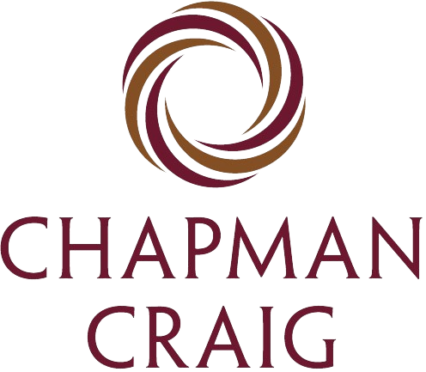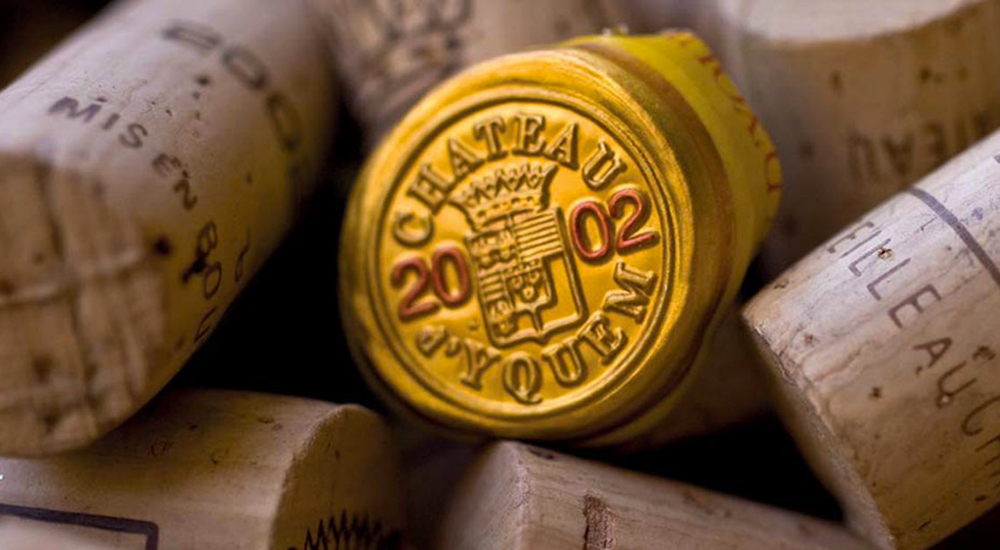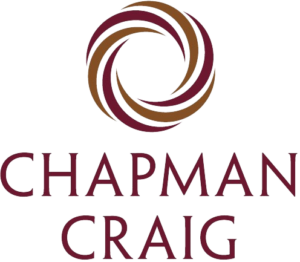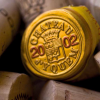
Click here for the introduction to our “Investing in the Post-Covid Era” series of materials.
Understanding how your investments are managed is the safest measure against financial loss. During every investment cycle, frauds and failures are discovered at investment managers and broker / dealers.
In view of this, the best policy for preventing investment loss, either through fraud or financial collapse, is understanding how your investment accounts operate. Investors should be as concerned about asset custody as about investment performance.
Who Actually Holds Your Assets? If you don’t know, you should! Your financial adviser should explain in detail how your assets are safeguarded. As a rough guide, there are three distinct functions in investment process: investment management, brokerage and custodial services.
Understanding these functions, which are all independent from each other, is useful in assessing their importance to the overall investment performance and to the security of investment assets.
It’s really quite simple. A fund manager carries out your investment requirements by making decision to acquire and sell securities. The buy and sell transactions are executed by a registered dealer or broker. The broker / dealer then settles the transaction with the custodian – a bank or financial institution that keeps custody of securities (stocks, bonds, treasury bills, funds, cash, etc) – where you, the investor, have a custodian account.
Brokerage houses and brokers / dealers enjoy broader recognition among individual investors than do custodians. However, the extent to which investors understand this highly specialized business is unclear. Financial strength is the most vital factor to consider when selecting a custodian or brokerage house, as some are well-managed and financially strong, while other are less so.
How Does the Transaction Process Work?
There are many different types of financial adviser, each determining the number of parties that will be involved in a client’s investment process.
- The fund manager manages your monies according to your investment objectives; then sets up an account at a custodian bank and transfers funds to the custodian account.
- The fund manager purchases shares of XYZ Corp for your account by giving an order to a broker or dealer to buy shares of XYZ. The manager instructs the broker or dealer to deliver the shares against payment to the custodian account and at the same time, instructs the custodian to pay against receipt of the XYZ Corp shares. With selling transactions, the reverse applies: dividend and interest payments are deposited in the custodian account.
- You wish to withdraw money from the investment portfolio and inform the fund manager, who then has to ensure that there is enough cash in the custodian account. As the sole authority over the custodian account, you inform the custodian bank as to where you wish to have the funds sent.
Choosing Your Service Provider
How does the transaction process apply to investment accounts at banks, brokerage houses or in mutual funds?
A bank usually provides both investment management and custodial services. If the bank operates a brokerage firm, it is likely that transactions are posted through that firm. When a brokerage firm is retained as an investment adviser, the firm normally provides custodian services and executes most of the transactions, provided that the firm is a member of the stock exchange where the transactions are made. If the bank uses outside service providers, such as a mutual fund or hedger fund, additional institutions will act as custodians and advisers. The structure of a mutual fund incorporates both an investment manager and a custodian.
Clear, legible and comprehensive account statements, which vary depending on the adviser, are also an important means to effectively monitor your investments. You should make sure that these statements are audited by a reputable third party, and it is advisable to see a sample statement when carrying out due diligence on potential investment advisers.
By understanding the three parts of the investment process, the role each service provider plays in safeguarding your investments will become much clearer. Ensure that you are getting the best protection at each stage of the investment process – every service provider should be examined individually, as well as all together as a team.
The investment business, as with all businesses, offers few free lunches. Fees and other expenses will affect the returns earned by the investment portfolio. It is just as important to understand the functional role, as well as their related charges, in the investment process, in order to determine whether good value is delivered.
The current economic situation may be a difficult period for many investors given the market volatility, so don’t make things worse by leaving yourself open to loss of money through fraud or service provider financial weakness.
Click here to download a PDF version of this article.






Recent Comments